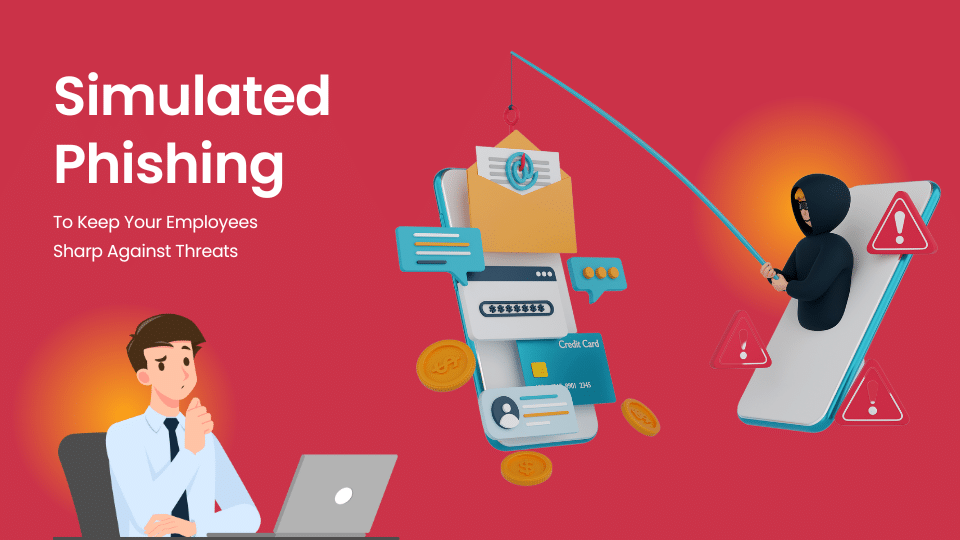
One of the most common and dangerous types of cyberattacks is phishing. Phishing attacks involve cybercriminals attempting to trick employees into revealing sensitive information, such as passwords and financial details, by masquerading as a trustworthy entity. To combat this, many organizations are turning to simulated cyber threats to keep their employees vigilant and prepared. Here’s how these simulations help employees stay sharp against phishing attacks.
Understanding Simulated Cyber Threats
Simulated cyber threats are controlled and safe imitations of real cyberattacks conducted within an organization. These simulations are designed to mimic the tactics, techniques, and procedures used by actual cybercriminals. The goal is to provide employees with hands-on experience in recognizing and responding to cyber threats without the risk of real-world consequences.
Benefits of Simulated Phishing Attacks
Realistic Training Environment
Simulated phishing attacks create a realistic training environment where employees can experience the pressure and decision-making process involved in identifying and handling phishing attempts. This hands-on approach is far more effective than theoretical training, as it allows employees to apply their knowledge in practical scenarios.
Improved Awareness and Vigilance
Regular exposure to simulated phishing attacks keeps employees aware of the latest phishing tactics and trends. As cybercriminals continually evolve their methods, staying updated is crucial. By facing various types of phishing attempts in simulations, employees learn to recognize red flags and develop a keen sense of suspicion towards unexpected emails and messages.
Reinforcement of Best Practices
Simulations reinforce the best practices for handling suspicious emails and links. Employees learn to verify the authenticity of messages, avoid clicking on unknown links, and report potential phishing attempts to the IT department. Over time, these practices become second nature, significantly reducing the risk of falling victim to real phishing attacks.
Identifying Vulnerabilities
Simulated phishing attacks help organizations identify vulnerabilities in their security protocols and employee knowledge. By analyzing the results of these simulations, companies can pinpoint areas where additional training is needed and address any weaknesses in their cybersecurity measures.
Encouraging a Security-First Culture
Regular simulations foster a culture of security awareness within the organization. Employees understand that cybersecurity is a shared responsibility and are more likely to adopt a proactive stance towards protecting sensitive information. This collective mindset is crucial in defending against the ever-present threat of cyberattacks.
Implementing Simulated Cyber Threat Training
To implement effective simulated cyber threat training, organizations should:
- Conduct Regular Simulations: Schedule phishing simulations periodically to ensure continuous learning and adaptation.
- Vary the Attack Scenarios: Use different types of phishing attacks, such as email, SMS, and social media phishing, to cover a broad range of potential threats.
- Provide Immediate Feedback: Offer immediate feedback to employees after each simulation, highlighting what they did right and where they can improve.
- Track Progress: Monitor the results of simulations over time to measure improvement and adjust training programs accordingly.
- Foster Open Communication: Encourage employees to discuss their experiences with phishing simulations and share tips and strategies with their colleagues.
Get access to fully managed simulated phishing campaigns by Logix
Simulated cyber threats are a powerful tool in the fight against phishing attacks. Logix manages simulated phishing campaigns end to end. We provide native language support, and statistical insights that allow you to track progress. Get started, right away.